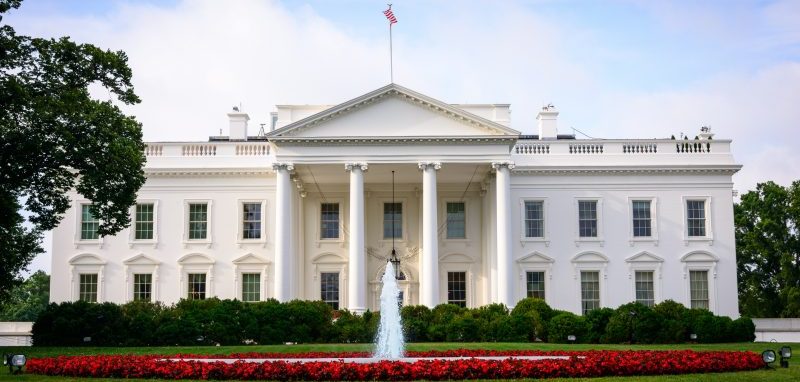![]()
Tomorrow marks the end of the first 100 days of the Trump administration – and doubtless there will be many articles written about his administration’s accomplishments, or lack thereof. In particular, one area many have been watching is who he has appointed to key positions in office. And more importantly, what is he hoping to accomplish? I think that in some sense, these choices represent a very prudent choice – to bring more diversity of thought into government.
According to a tracker by the Washington Post and the Partnership for Public Service, of the 556 top level jobs, only 24 are confirmed. But while the lack of political appointees is concerning – an even more interesting area of study is to understand the background of those appointees, and how in many cases they seem at odds with the mission of the agencies they were chosen to oversee: an oil executive as secretary of state; a climate change denier as head of the EPA, a man who once said he’d abolish the department of Energy who is now its head, a woman who has no background in public education leading the Department of Education.
The premise of diversity of thought is that by bringing people who think differently – or have skill sets that seem even at odds with the mission of an organization, you are bringing a very fresh set of eyes to old problems.
According to an article I co-wrote a few years ago, diversity of thought further helps prevents group think, and can even help organizations be more innovative. Research has borne this out. In a collaboration between IARPA and Berkeley, and Dr. Phil Tetlock, the Good Judgement Project (explain) held out that a group of disparate experts more accurately predicted future events than experts. It is also the reason that many research branches of the government, including IARPA, DARPA and ARPA-E have term limits to their projects – as a way to constantly infuse the agency with new people and new ways of thinking.
Yet, when bringing new ways of thinking to an organization, it is often brings about conflict. I recently had a conversation with a recruiter from Bridgewater Associates, a hedge-fund known for their forecasting prowess, and also their value of “radical honesty.” While not always seen in a positive light, the recruiter explained their view of what it was really like to work in a place where diversity of thought is the norm, saying, “Sure everyone thinks that diversity of thought and true honesty are great things. But in reality, being constantly challenged or having to face professional conflict is something that only a few people can do, and do well.” Essentially, his point, and a point that is also heard in numerous studies is that we are blind to our own biases, ways of thinking and doing things, that we see any type of conflict – even good conflict as a bad thing.
So what do we do to overcome this fear? Recent research by McKinsey summarized this idea by stating the key to overcoming our own biases is to make the workplace safe for debate. That safety for debate, also discussed in another publication by Deloitte, is referred to as “bringing your whole self to work.”
Not it remains to see whether or not appointing different types of leaders may lead to more diversity of thought and honest debate at government agencies. For that to happen, these leaders must set the example of making it safe to disagree, and when presented with well-thought out and compelling evidence to the opposite, perhaps even change their minds. I know, I know – so much easier said than done.
So what I propose is that over the next few weeks, we can dig into this topic a little more. I’d love to explore in more depth the benefits diversity of thought can bring to agencies, and how to effectively use diversity of thought as a tool for better decision making, and also understanding what it means to be a contrarian in the workforce. Who knows we could even have a fun article on new advances in technology that make it possible to understand how a person thinks!
I hope you will join me by sending me any interesting articles, or anecdotes about what is going on in your own agencies. Onwards and upwards!
Beth Schill is part of the GovLoop Featured Blogger program, where we feature blog posts by government voices from all across the country (and world!). To see more Featured Blogger posts, click here.





Leave a Reply
You must be logged in to post a comment.